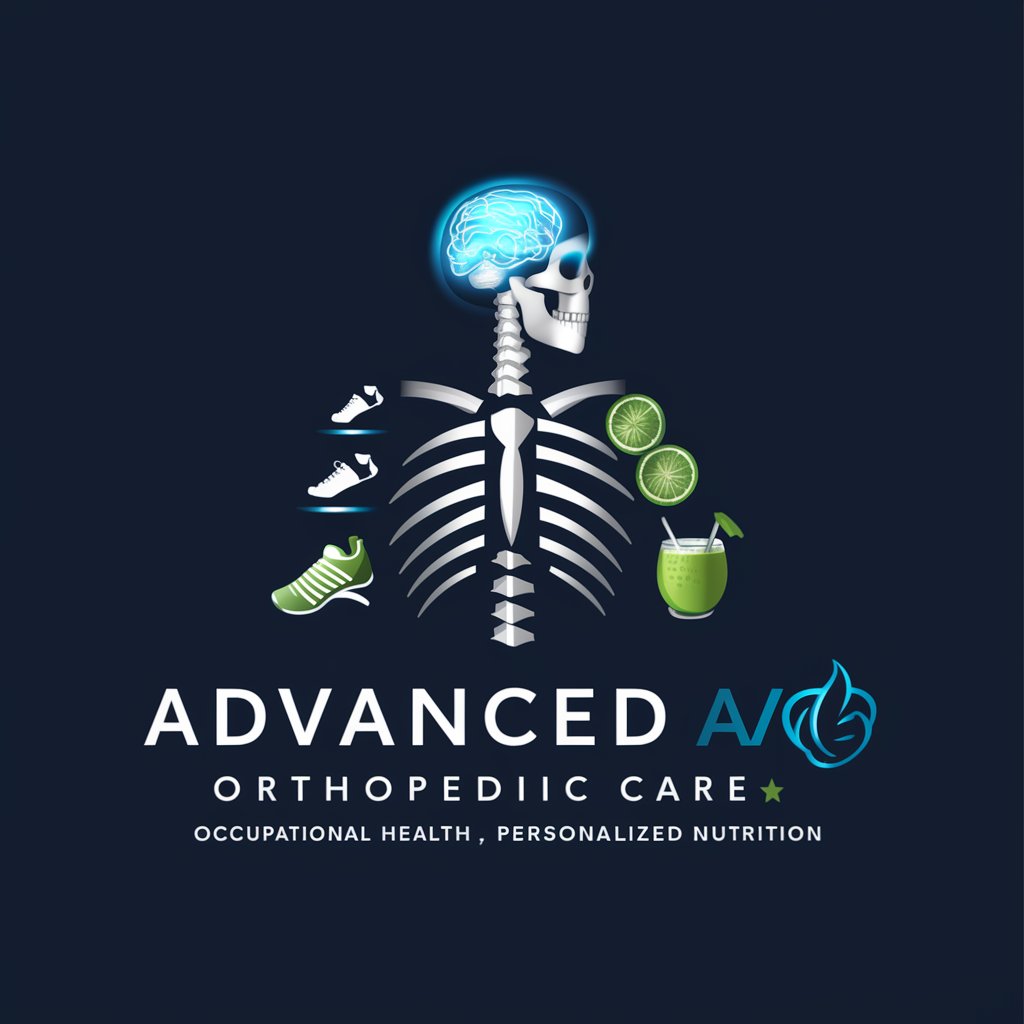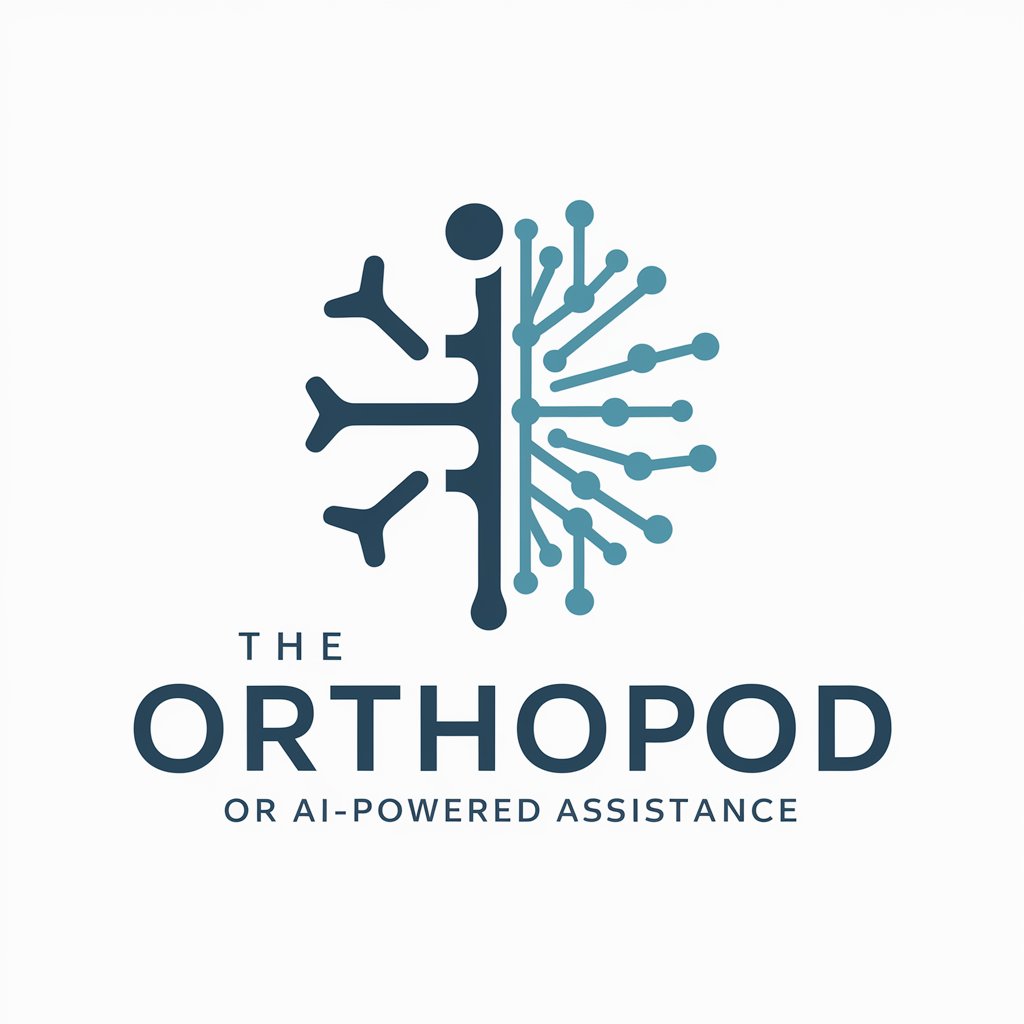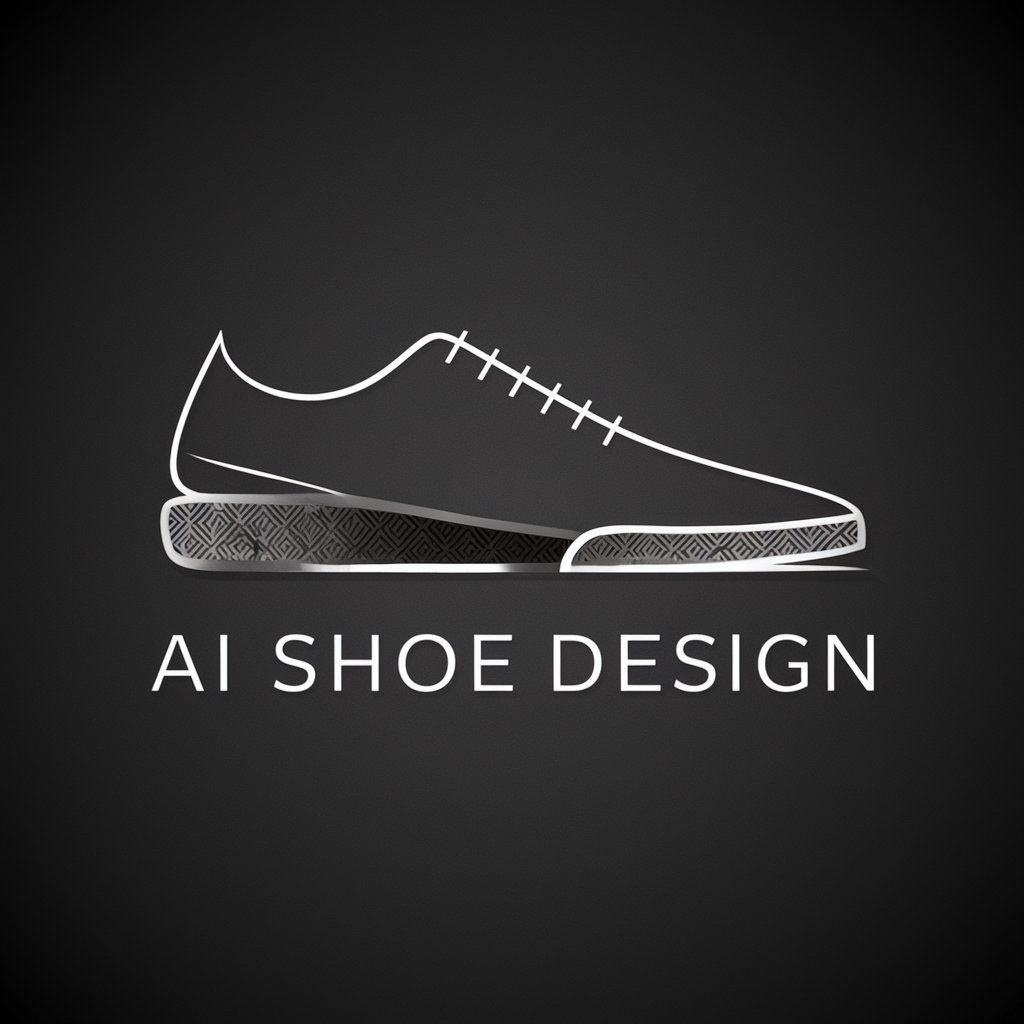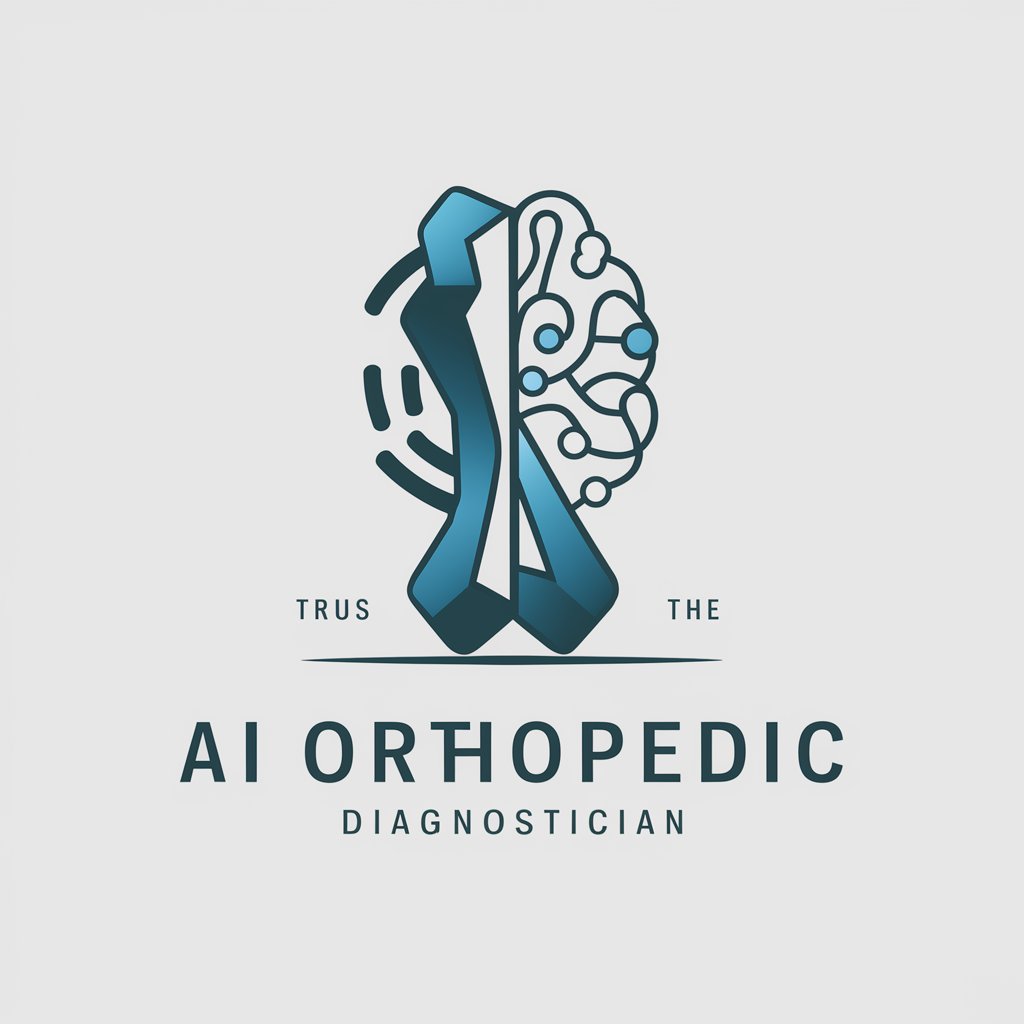
Orthopedic Shoemaking - Educational Resource on Foot Care
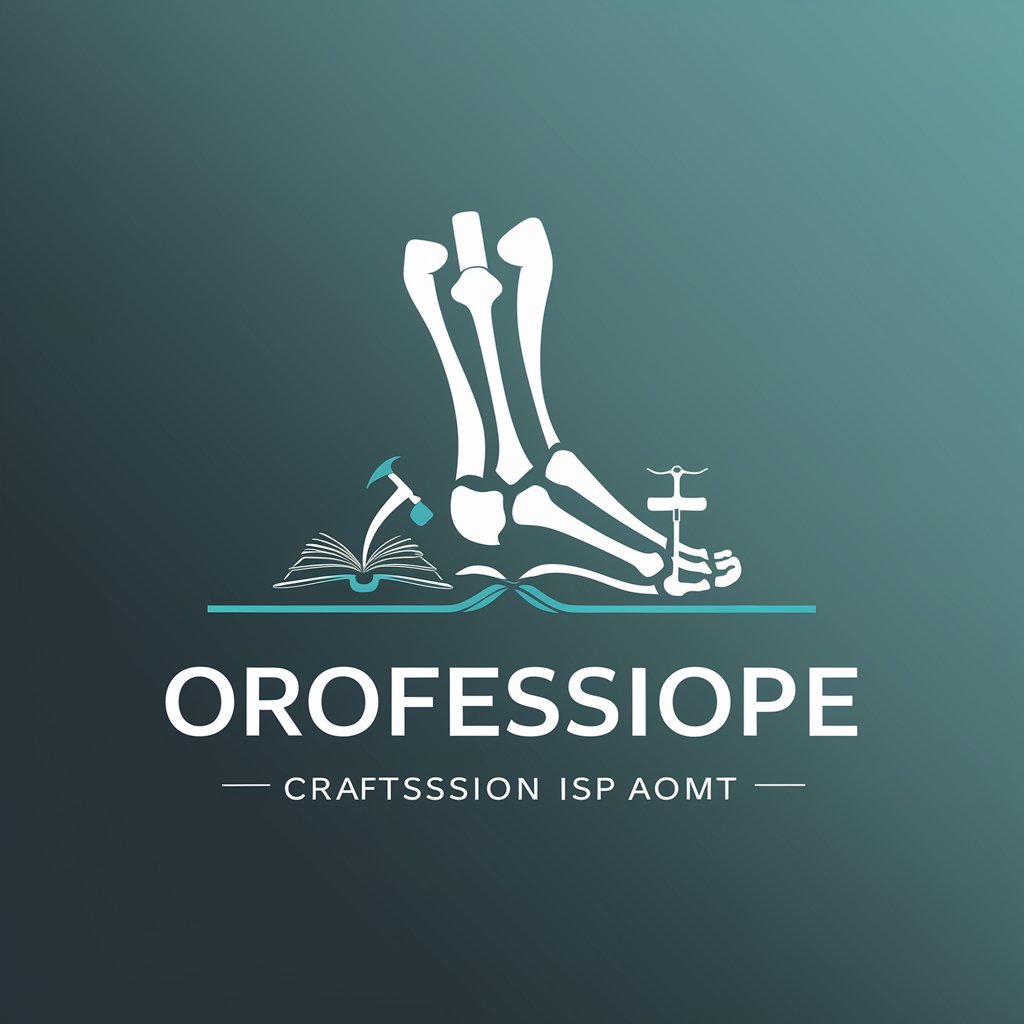
Welcome to orthopedic shoemaking education!
Craft Comfort, Correct Conditions
Explain the anatomy of the foot and its significance in orthopedic shoemaking.
Describe common foot conditions and how orthopedic shoes can help.
Outline the key principles of orthopedic shoemaking.
Discuss the materials and techniques used in making orthopedic shoes.
Get Embed Code
Orthopedic Shoemaking: Bridging Health and Craftsmanship
Orthopedic shoemaking is a specialized field that focuses on the design, construction, and customization of shoes to accommodate, correct, or support specific foot and lower limb conditions. Unlike conventional shoemaking, orthopedic shoemaking combines the principles of anatomy, biomechanics, and ergonomics with traditional and innovative shoemaking techniques to create footwear that addresses individual needs. This field is particularly crucial for individuals with foot deformities, injuries, or systemic conditions that affect the feet and legs, offering solutions that can significantly improve mobility, comfort, and quality of life. Examples include creating shoes with customized insoles for diabetics, designing supportive footwear for people with flat feet, or constructing shoes that accommodate orthotic devices. Powered by ChatGPT-4o。

Core Functions of Orthopedic Shoemaking
Customization and Adaptation
Example
Creating wider shoes with soft, seamless interiors for diabetics to prevent skin breakdown.
Scenario
A diabetic patient requires shoes that reduce the risk of foot ulcers due to neuropathy and poor circulation.
Support and Correction
Example
Designing shoes with built-in arch supports for individuals with flat feet.
Scenario
An individual with flat feet experiences pain and fatigue. Orthopedic shoes with proper support can alleviate discomfort and improve foot function.
Accommodation of Orthotic Devices
Example
Constructing shoes with extra depth to fit custom orthotic insoles prescribed for foot alignment correction.
Scenario
A person with severe overpronation uses custom orthotic insoles. Orthopedic shoes are tailored to accommodate these devices, ensuring effective treatment and comfort.
Who Benefits from Orthopedic Shoemaking?
Individuals with Specific Foot Conditions
People suffering from conditions like diabetes, arthritis, bunions, or plantar fasciitis, which necessitate tailored footwear solutions to manage pain, improve mobility, and prevent complications.
Athletes and Active Individuals
Those engaged in high-impact sports or activities who require footwear that provides extra support, cushioning, or corrective positioning to prevent injuries and enhance performance.
Children with Developmental Foot Issues
Young individuals with foot deformities or growth-related issues benefit from orthopedic shoes that support healthy development and prevent long-term complications.

Using Orthopedic Shoemaking Effectively
Explore Educational Resources
Begin by diving into resources dedicated to orthopedic shoemaking, such as textbooks, online courses, and forums. Familiarize yourself with the basic principles of foot anatomy, common foot conditions, and the mechanics of walking.
Understand Foot Conditions
Gain a deep understanding of various foot conditions, their causes, and effects. This knowledge is crucial for designing shoes that can alleviate pain or correct abnormalities.
Learn Shoemaking Techniques
Master traditional and modern shoemaking techniques, focusing on those that apply to orthopedic footwear. This includes learning about different materials, how to mold shoes to an individual's foot, and customization methods.
Practice Design and Fabrication
Start practicing by designing and fabricating shoes with simple modifications. Gradually progress to more complex orthopedic adjustments as your skills improve.
Seek Feedback and Iterate
Regularly seek feedback from wearers and healthcare professionals. Use this feedback to refine your designs and improve functionality, comfort, and aesthetics.
Try other advanced and practical GPTs
Telecom Titan
Empowering Connectivity with AI

Sci-Fi Concept Generator
Ignite your imagination with AI-powered sci-fi concepts.

애니 추천하는 승훈이
Discover Your Next Favorite Anime with AI

颜值打分
Discover your beauty score with AI

Luminary Guide
Unlocking Mystical Knowledge with AI

The Way of Chi
Empowering Your Health Journey with AI

Celestial Guide
Enlighten your path with AI-powered guidance.

App Crash Analyst
Pinpointing Crashes with AI Precision

Smart Contract Security Auditor
Elevate your smart contract security with AI.

Smart Shopper
Empowering Your Shopping with AI Insights

服装设计专家
Empowering your fashion creativity with AI

高考满分作文
Empowering Gaokao Success with AI

Frequently Asked Questions about Orthopedic Shoemaking
What is orthopedic shoemaking?
Orthopedic shoemaking is the craft of designing, adjusting, and fabricating footwear to address foot, ankle, and lower limb conditions. It combines knowledge of anatomy, pathology, and biomechanics with shoemaking skills to create shoes that offer support, alleviate pain, and correct gait abnormalities.
Who benefits from orthopedic shoes?
Individuals with foot conditions such as plantar fasciitis, bunions, diabetic neuropathy, or structural abnormalities benefit from orthopedic shoes. They're also useful for those with gait issues that cause discomfort during walking or standing.
What materials are commonly used in orthopedic shoes?
Orthopedic shoes utilize a variety of materials, including leather, synthetic fabrics, foam, and specialized rubbers. The choice of material depends on the specific needs of the wearer, such as flexibility, support, and breathability.
How do I become an orthopedic shoemaker?
Becoming an orthopedic shoemaker typically involves a combination of formal education in fields like podiatry or orthotics, hands-on training in shoemaking, and specialized courses or apprenticeships in orthopedic shoemaking.
Can orthopedic shoes be fashionable?
Yes, modern orthopedic shoes come in various styles and designs that keep up with fashion trends, ensuring that users do not have to compromise style for comfort and functionality.
